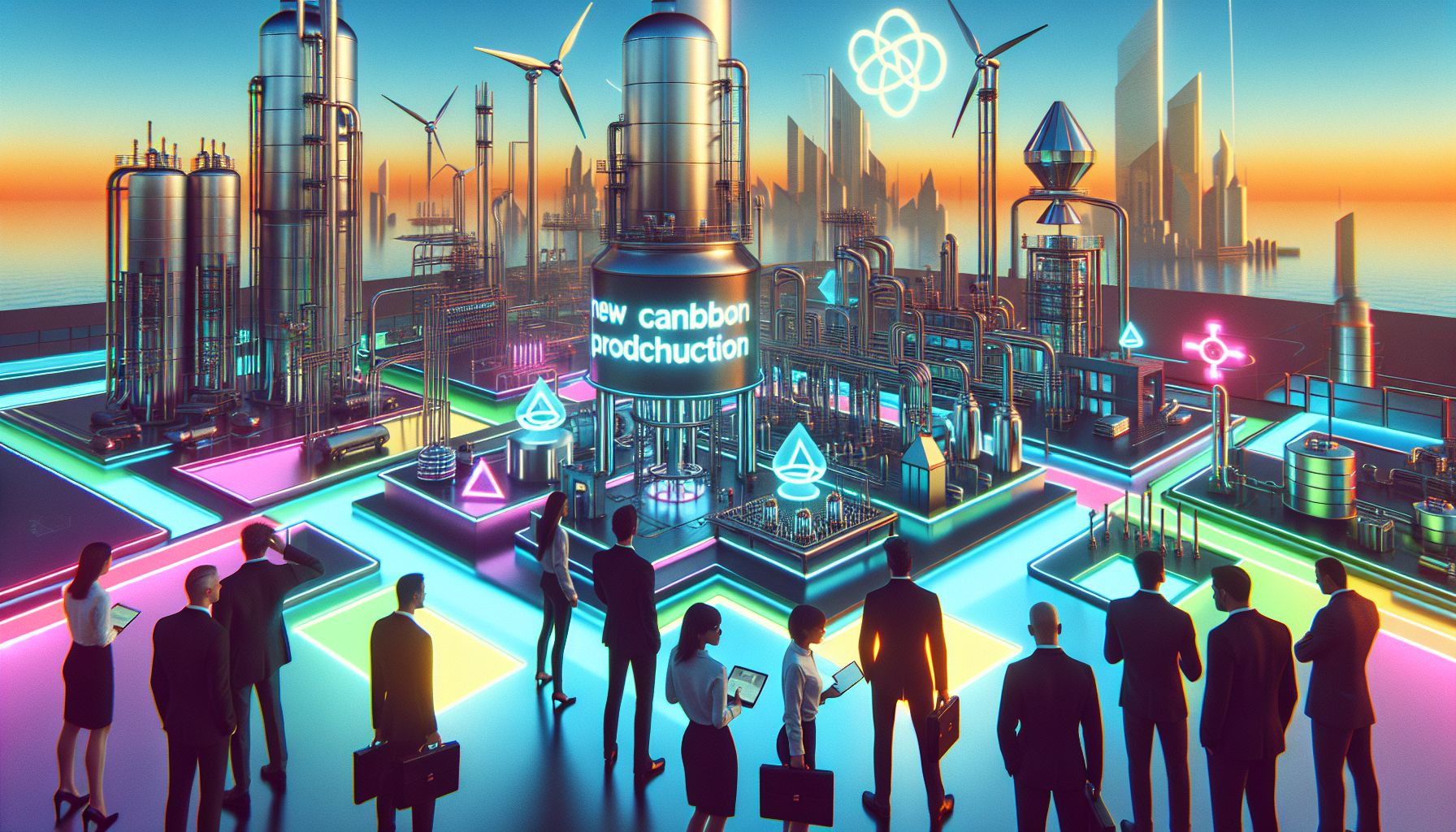How Carbon Policies Shape the Future of Hydrogen

London, Monday, 6 October 2025.
Carbon policies are reshaping hydrogen production, highlighting the need for greener methods. Stakeholders must adapt to align with climate goals. This impacts investment strategies and infrastructure planning.
The Role of Carbon Policies in Hydrogen Transformation
It’s fascinating how carbon policies are steering the ship for hydrogen production. The vast majority of hydrogen today comes from carbon-heavy processes. These policies push for cleaner methods, prompting stakeholders to rethink their strategies and investments. For instance, the study by SSRN highlights that blue hydrogen, which uses natural gas with carbon capture, is pivotal in reducing emissions due to its moderate cost and lower carbon intensity. Yet, planning for hydrogen supply chains remains tricky due to the intertwined nature of hydrogen and power systems. The complexity doubles with evolving carbon policies like carbon taxes and cap-and-trade systems, each with its unique impact on costs and emissions [1].
AI: The Unsung Hero in Hydrogen Pipeline Efficiency
Moving on to the tech side of things, AI is revolutionising hydrogen pipeline management. Advanced machine learning algorithms are like the Sherlock Holmes of the pipeline world, identifying leaks and corrosion before they become disasters. This technological boost is not just about safety; it’s also about efficiency, making hydrogen exploration projects more viable and attractive to investors. The BCC Research report shows how AI’s role in enhancing hydrogen pipeline efficiency is becoming a game-changer in the industry, leading to growth and innovation [2].
EU RFNBO Rules: A Double-Edged Sword?
Here comes the twist in the tale: the EU’s RFNBO rules, defining renewable fuels of non-biological origin, are shaking up the industry. These rules are meant to standardise renewable hydrogen but have sparked debates, especially concerning cost implications. Shell’s executive vice-president, for example, warns that hourly matching of renewable power with hydrogen output could degrade electrolysers and inflate costs. This complexity is echoed in discussions from the recent European Hydrogen Week, where industry leaders called for more flexible regulations to ensure the viability of hydrogen projects [3].
Investment and Infrastructure: The Next Frontier
The investment landscape for hydrogen is heating up, with over €50 billion expected to flow into infrastructure by 2027. This surge is driven by carbon policies that tightly connect emissions reductions to financial incentives. Fatima H. Garcia, a researcher, emphasises that transitioning to hydrogen is crucial for meeting climate goals. Policymakers and companies must now navigate this financial terrain carefully, ensuring that their investments align with both environmental targets and economic viability [4].